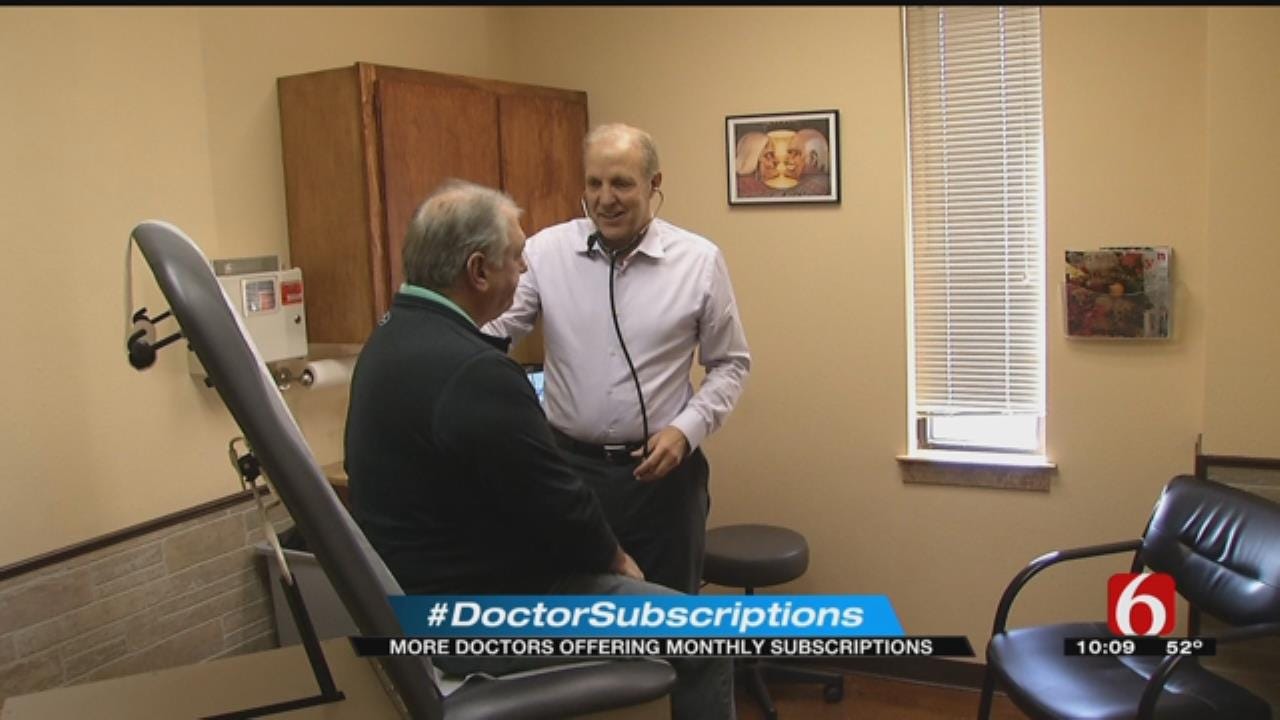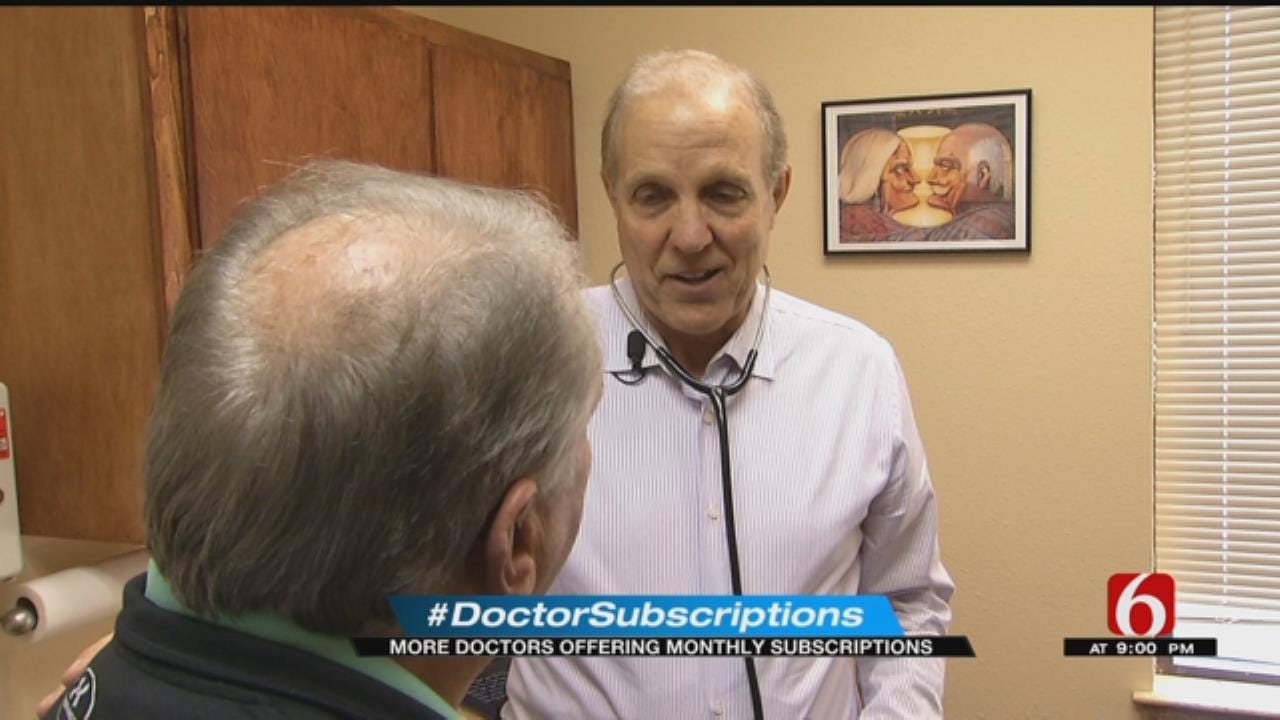Subscription-Based Health Care Attracts Doctors, Patients
<p>A new trend in medicine is becoming more popular where patients pay a monthly fee to their doctors.</p>Thursday, March 8th 2018, 10:43 pm
A new trend in medicine is becoming more popular where patients pay a monthly fee to their doctors.
It's called direct primary care and many patients say it means more attention and better care.
When the Affordable Care Act passed, and after about three decades of practicing medicine, Dr. Kris Armstrong realized he needed to do things differently.
"I just couldn't work any harder. I was working eight hours a day, plus coming in two hours early to do paperwork and staying two hours later in the day to do paperwork and sometimes come in on the weekends just to do paperwork," said Armstrong.
So, Armstrong turned his practice into a concierge practice. In his case, Armstrong still accepts insurance, but his patients pay a monthly subscription. Patients like Tim Afeld.
Afeld and his wife weren't sure about spending the extra money on top of what they already pay for insurance, but decided to try it for a year.
"The outcome and the benefits from it were so overwhelming, I was like I'm glad we did it, this is something we need to do every year," Afeld said.
Armstrong's patients pay $900 a year if they're 39 and under. 40 and older pay $1,650 dollars annually.
For Dr. Armstrong, subscription fees help pay the overhead of running a practice, meaning he doesn't have to see as many patients each day.
"That's the model we're caught in modern-day medicine is you have to see 20 to 30 patients a day to make a living," said Armstrong.
Instead, he now sees about ten each day. He used to treat 3,000 patients a year. Now it's about 300.
Fewer patients means they get in much faster.
"The waiting time is nominal. I tell everybody if you have to wait ten minutes to see me it's been a bad day," Armstrong said.
Fewer patients means Armstrong is also able to spend a lot more time with each one.
"We do physical lab work, physical tests, that regular medicine can't do. They can do, but insurance doesn't pay for it, so consequently physicians don't do it," Armstrong said.
Dr. Armstrong said he's able to focus more attention on prevention instead of just treating symptoms when someone is sick.
He said he's seen improvements in things like diabetes and high blood pressure."
Afeld said the added cost has been worth it.
"You have to sit down and look at it because it is an investment, but it's a wise investment because it's your own health," Afeld said.
"I will tell you, I'm making less with this model, but I found myself happier because I'm really making an impact on people's lives," said Armstrong.
While Dr. Armstrong does still take insurance, there are other versions of direct primary care becoming more popular across the country where doctors don't take any insurance.
Under those plans, patients are still encouraged to carry a low-cost insurance plan to cover medical emergencies.
Critics fear, with the growing trend, the shortage of primary care doctors will grow, since doctors see fewer patients.
More Like This
March 8th, 2018
April 15th, 2024
April 12th, 2024
March 14th, 2024
Top Headlines
April 23rd, 2024
April 23rd, 2024
April 23rd, 2024











